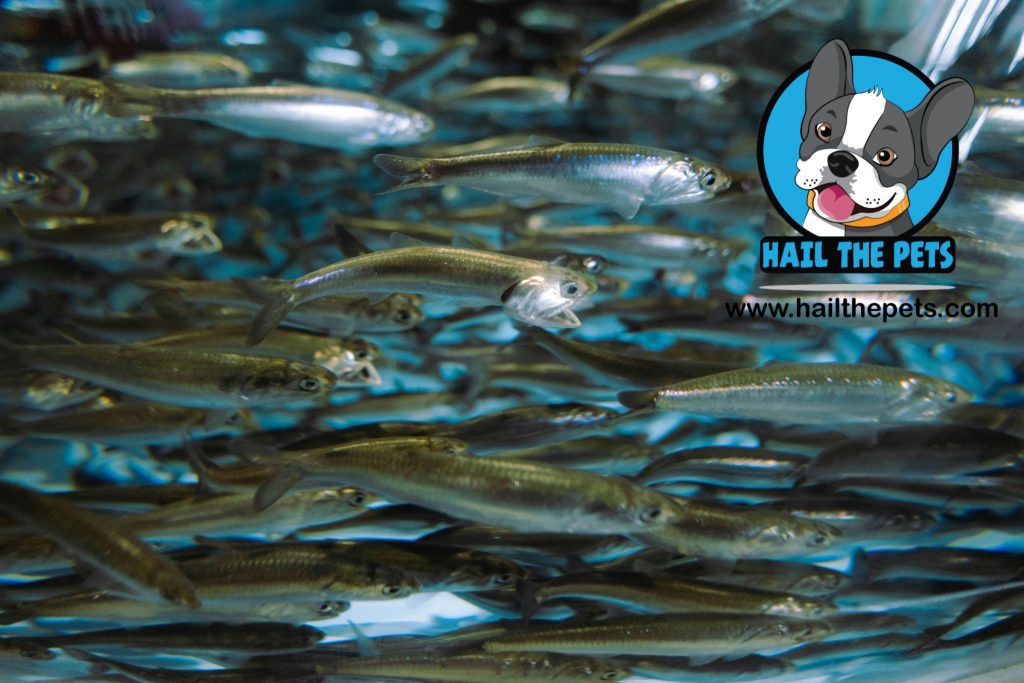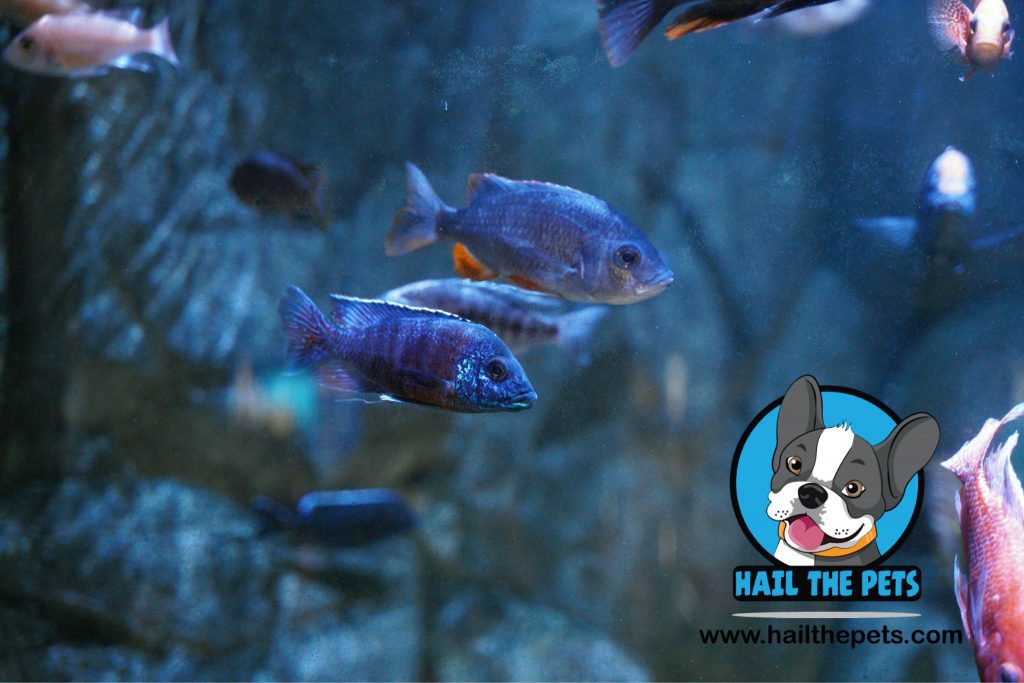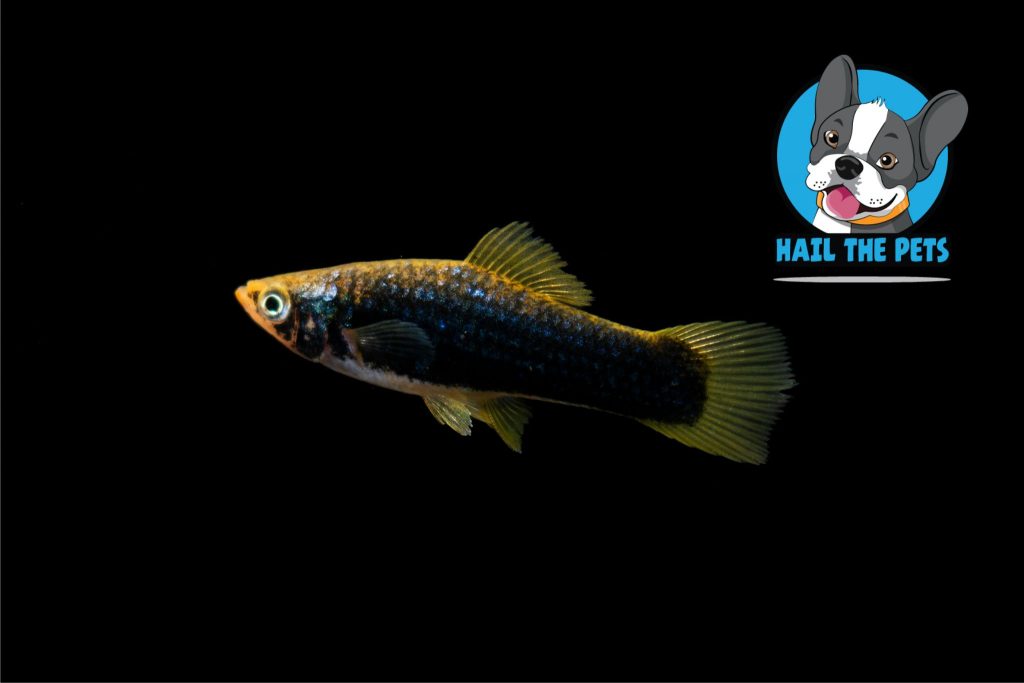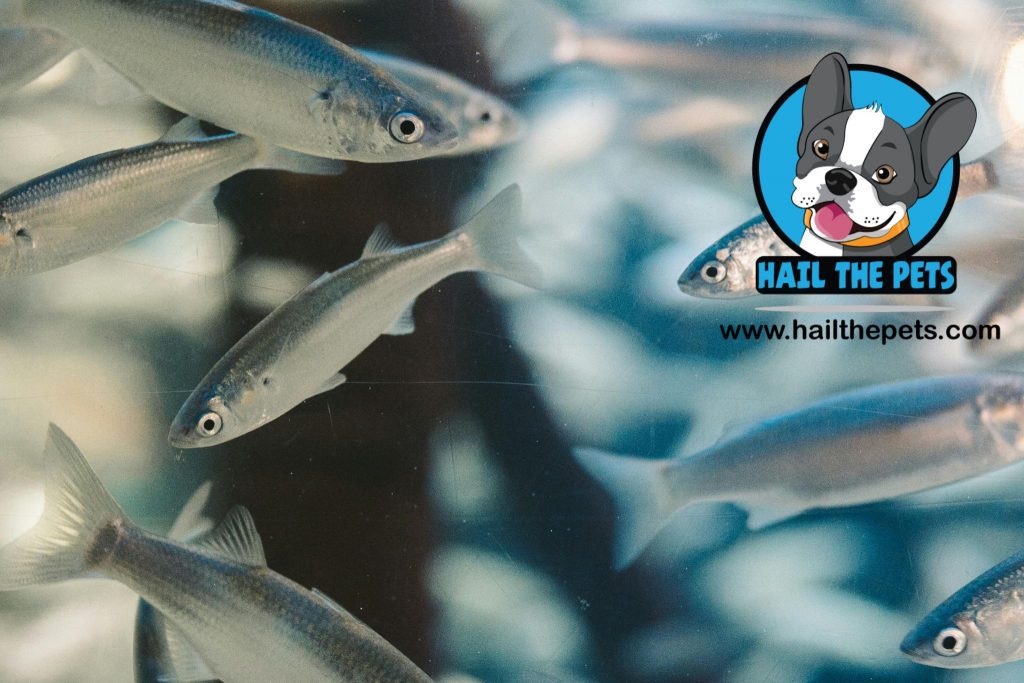Tetra fish are a popular choice for freshwater aquariums due to their vibrant colors, peaceful temperament, and hardiness. From the neon tetra and cardinal tetra to the glowlight tetra and congo tetra, there are many beautiful types of these fish to discover.
Tetra fish live together in groups in their natural habitat of streams and rivers in Africa, South America, and Central America. They swim in the form of bunches to protect themselves from other species and their types are according to the environments where they live. The lifespan of tetra fish depends on species, but many can survive for 5-10 years with proper care.
Have a look at: The Ultimate Guide to White Seabass Fish: Exploring their Habitat, Types, Nutrition, and Care
This article provides an overview of their nutritional needs and hygiene care basics, while highlighting some of the most popular breeds.

Types of Tetra Fish
There are various species of tetra fish and each species has its own characteristics. Here, you will find brief reviews of several of the most remarkable and popular types of tetra fishes to tell you what each tetra fish looks like and how it behaves. You will learn about tetra fish that many people enjoy watching
Neon Tetra
The neon tetra (Paracheirodon innesi) is one of the easiest tetra fish types to recognize and it is very popular. As its name shows, this small fish has a blue stripe going sideways on its body and a very red tail.
Check out: Understanding The Habitat and Habits of Carp Fish: Exploring Their Role in Aquatic Ecosystem
From the Black water River in South America, glow tetras swim together in groups. They are perfect for tanks with many different fish types. Neon tetras are not hard to take care of and can grow up to 2 inches (5 cm) long. This makes them good for all kinds of tanks and experience levels caring for fish.
Cardinal Tetra
The Cardinal tetra (Paracheirodon axelrodi) comes from the same kind as the neon tetra and should not be missed in tanks either. This fish has a red body that sparkles with blue stripes going side to side.
We can see that the Cardinal tetra is a bit bigger than the glow tetra and can grow to around 3 inches long (7.6 cm). These tetras are very peaceful and do well in a tank with lots of plants and hiding spots.
Black Widow Tetra
One of the fish types that is easiest to recognize because of how it looks is the widow tetra (Gymnocorymbus ternetzi). This tetra is very neat to look at. It is named this way because the top half is all black except for some shiny spots, while the bottom is very white or pale yellow.
The widow tetra has a striped look, but these fish are quite peaceful and do well with other types of fish together. They get to be about 2 inches long. They measure 5 inches (6.4 cm) and do best in spaces filled with plants and room to swim around.
Read more: Breeding Fish: A Beginner’s Guide to Understanding Fish Reproduction
Glowlight Tetra
The glow tetra (Hemigrammus erythrozonus) is really an amazing fish that many people in the fish hobby like. This fish has a one-of-a-kind stripe that is red-orange going side to side. Their blue and silver bodies show all colors like a rainbow.
Found in rivers in Guyana, located in South America, the glow tetra is a shy fish group that needs plants to hide in and some water movement. Growing up to around 5 cm long these tetras are quite strong and are good for any tank with different fish types together.
Check out: Ten Deadly Fish Diseases: Tips And Tricks To Prevent Them
Bleeding Heart Tetra
The heart tetra or the Hyphessobrycon erythrostigma is a very interesting and pretty kind of colorful fish. Fish lovers may like this one in their tanks. This tetra has one special red spot on its side. When you look at it from the side, the spot looks like a heart with blood.
Unlike other tetras that are mostly silver, the heart tetra is even thinner and has one really red spot. These peaceful fish grow up to around 2 inches (5 cm) long. They do well in water with plants near the top and some water movement.

Physical Characteristics
Even though they are very small, they possess many characters and are very cute. In this part, we will look at the most interesting looks and behaviors of different kinds of colorful fish. We will learn about their heights, colors, and some of the things they like to do.
Tetra Fish Body Size
These tetra fish are quite tiny, and most of them grow between 1 inch to 3 inches long. Even though they are small, they are not boring. These fish are actually very lively and look amazing.
Although they are not big, tetra fish are energetic swimmers who show a lot of love motions and get along great within their groups. They may be little but these fish are fun to watch!
Color and Markings
Tetra fish have various types of colors and patterns, which make them unique in the aquatic world. From the glowing neon blues and reds of the neon tetra to the brilliant orange and yellow of the bleeding heart tetra, these fish are living, breathing, swimming rainbows. Some also bear complex designs including horizontal lines, vertical lines, or other unique spots and markings.
These bright colors and patterns are useful for several reasons in the natural environment, such as courting, protecting one’s self, and asserting territory within a school. In the aquarium context, such hues and intricacies provide not only aesthetic beauty but also a combination that no observer can ignore.
Gender Differences
Some species of tetra fish may seem identical at first sight, although there are numerous distinctions between the male and female of a particular species. Some of the males also tend to have much brighter and sharper color bands than the females especially when they are breeding.
Moreover, female lizards are usually characterized by a rounder or even chubby body, especially when they are in the stage of carrying eggs. However, it has to be noted that in many cases and especially in juveniles, or fish of some species, the distinction of the sexes becomes quite difficult.
Thus, if one is interested in breeding tetra fish it is advisable to seek advice from an experienced aquarist or fish breeder to check on the sex of the particular tetra fish breed.
Schooling Behavior
Tetra fish are famous for their unique schooling behavior as one of the natural instinctive patterns that they display in their natural environment or an artificially created one. These fish are pack-oriented animals which move and swim in coordinating harmony with the other fish of a pack.
It also helps them avoid those predators, stay healthy and helps them relieve stress too in the whole process. It is advisable to keep tetra fish in schools of six or more since these fish are schooling fish by nature and like to live in groups. Observing a school of tetras swimming throughout the aquarium is probably one of the prettiest sights a fish lover can ever see.

Tetra Fish Nutritional Needs
It is very important to give tetra fish a balanced diet so they stay healthy and live longer. In this part, we will talk about what these freshwater fish like to eat and how to care for them when changing their diet.
Dietary Requirements
These tetra fish eat plant and small animal foods in nature. In the wild, they eat tiny bugs, baby bugs, shrimp, and algae. If you want to provide a natural diet, feed them different store-bought fish foods.
Some regular foods should be fish flakes or balls for these fish. The dry foods should come with live or frozen foods like worms, baby shrimp or mosquito babies. Also, feeding new or white veggies like spinach or zucchini gives fibre and vitamins.
Feeding these fish needs a balanced diet consisting of proteins, fats, carbs, vitamins and minerals to make them keep bright colors and grow well.
Read Also: Clownfish Care: A Guide For Maintaining A Healthy Home Aquarium
Tetra Fish Feeding Tips
Tetra fish feeding is important for the overall health of the fish because it determines the quality of the diet fed to the fish. Tetra fish are small in size and because they have small stomachs they feed all the time. It is recommended that the fish is fed in small quantities, two to three times a day to ensure that the aquarium is not messy.
For a balanced diet, try to feed your fish different types of food that include high-quality flake or pellet, freeze-dried nutrition or live/frozen foods. This variety will not only serve as a source of various nutrients but also will maintain interest and activity in your tetras.
Tetra fish have small mouths and, therefore use smaller food particles that they can easily take into their small mouth. Larger pellets or flakes should have been ground or milled into smaller sizes or reduced to smaller fragments.
It is recommended that any leftover food should be scooped out from the aquarium, as this causes pollution of water and encourages bacterial development.
It is occasionally appropriate to offer live foods, like brine shrimp or daphnia, as it enhances the activity level of pet animals; whereas, natural foraging is healthy for them.
Following these feeding tips will help you feed the tetra fish in a properly balanced and nutritional meal which should be well-balanced to promote the bright color, good growth and health of the fish in the tank.

Hygiene Care for Healthy Tetra Tanks
Aquarium hygiene plays a significant role in the survival of tetra fish hence proper cleaning of the fish tank is highly recommended. In this part, we will discuss the basic requirements of hygiene care water maintenance, equipment, and filtration so that your tetra fish can live in a healthy environment
Water Maintenance
Tetra Fish depend on water and they are very sensitive to changes in water quality and require certain physical conditions. You have to maintain the following water conditions for their good health:
The temperature of the water should be between 72°F (22°C) and 82°F (28°C), with most tetra fish preferring a range of 75°F (24°C) to 80°F (27°C). The pH recommended is slightly acidic, ranging from 6.0 to 7.0, with an ideal pH of around 6.5. Soft to moderately hard water, with a general hardness between 2 and 12 dGH (degrees of general hardness).
One should perform the partial water change every week; the recommendations are 25% to 30% of the water in the aquarium. When changing the water, add a water conditioner that will eliminate chlorine and chloramines from the tap water.
Daily water tests, retesting of water after making amendments, and regular partial water changes will ensure that tetra fish is living comfortably.
Equipment and Filtration
Some of the requirements in the care of tetra fish include: proper equipment as well as filtration. A good filter is very important for the purification of water by trapping all the unwanted solids, chemicals, and other impurities. The above-discussed filters include the hang-on-back (HOB) filters, canister filters as well as the sponge filters.
When choosing a filter, it is crucial to think about the size of your tank as well as bioload- the amount of fish waste and other organic matter within the tank. In general, the rule of thumb is to select the filter that has a capacity of at least two times the volume of the aquarium you are going to set up.
Not just mechanical filtration, there is biological filtration also which is equally essential. It depends on the action of some friendly bacteria that are tasked with degrading dangerous elements like ammonia and nitrites into milder forms. The most important requirement for the proper functioning of the biological filter is the consistent and thorough maintenance of the filter media.
Other must-have accessories are the aquarium heater to ensure proper water temperature and the aquarium water test kit to check on the conditions in the tank. Also, do not leave out live plants because they will aid in the circulation of oxygen in the tank and will offer the tetra fish a natural place to hide.
If proper equipment and filtration are used in the enclosure, the tetra fish can live up to their full potential and display their bright colors as well as natural activities.

Conclusion
Tetra fish are cool and fun to watch! There are so many different kinds with bright colors and neat patterns. The neon tetra glows and the bleeding heart tetra has a pretty design. People who have aquariums love these fish.
In this guide, we learned all about the various tetra fish types. We found out what makes them look unique and how to feed them the right foods. We also learned how important it is to keep their home water clean by doing cleanups and using the right things.
Discover more on: Understanding The Ecological Role Of Fisher Cat: Everything You Need To Know About These Fascinating Creatures
If you follow the tips in this article, you can make a great home for your colorful fish. They will make your aquarium tank look bright and active with their strong colors. Also, it’s really fun to see them swim around smoothly and be with each other. Tetra fish are awesome!
